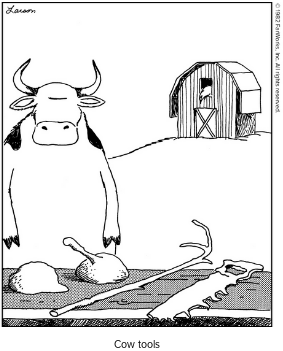

Sorry I’m a bit late, and it seems you’ve chosen endeavor (good choice), but I’ll still give you some suggestions.
First off on endeavor, it’s essentially just a graphical, easier arch installer so if you’re having issues and can’t find anything endeavour specific anything arch linux will work the same. The arch wiki os a great resource for anything.
Secondarily, I can suggest opensuse tumbleweed, or fedora. Both are more stable while being very up to date. Arch, and endeavor, will usually be the first distro to see an issue that misses testing. These two distros are just a bit behind arch but still very quick to update. Tumbleweed is also pretty bare bones too, after I installed everything I needed for a normal work instal it was about 6.7gb. Great distro, terrible logo.
To finish off I am sorry about manjaro. It does look great, it’s got a nice color scheme, and plasma by default is wonderful to see. That can be gotten pretty easily on any distro though. When you install endeavour you can select kde plasma. It’s also default on tumbleweed, and you can get a plasma spin for fedora.
Wish you the best in your journey, I’m sorry it’s off to a bit of a rough start






I’m going to run this in a hannah Montana linux vm, boot a live disc, then try and recover.
Linux puzzle edition